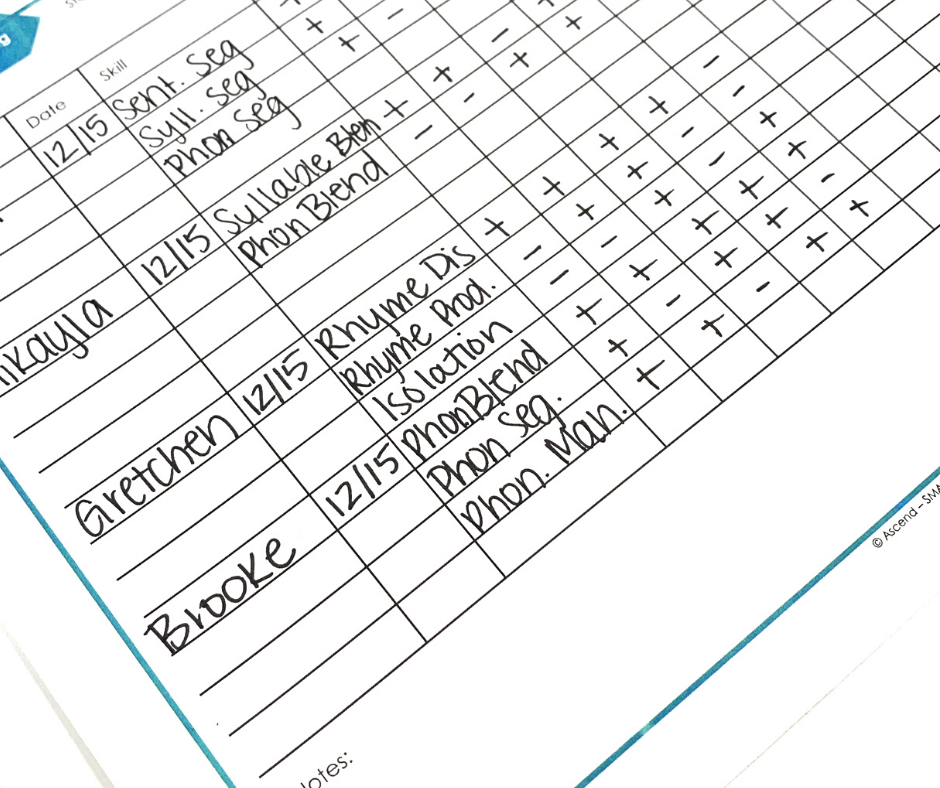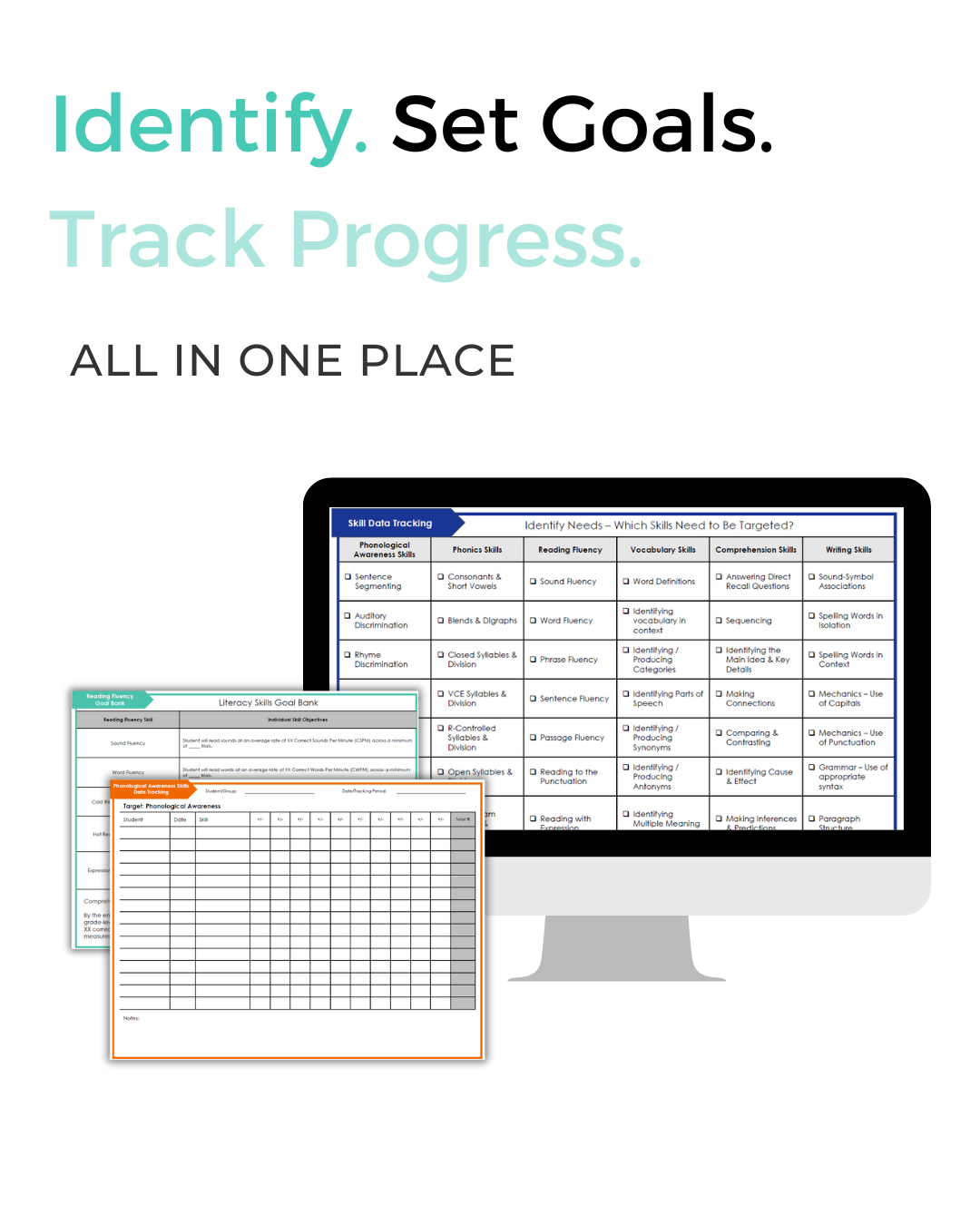The 3 Most Common Mistakes in Data Tracking (and How to Avoid Them)
Let’s be honest: data tracking can feel like a chore.
You know it matters… but between groups, goals, and IEP meetings, it’s one more thing competing for your attention.
The good news? Most of the overwhelm comes from a few simple mistakes that are easy to fix once you see them.
Mistake #1: Treating Data as an Afterthought
Maybe you’ve been here, thinking, “I’ll jot notes after the session.”
But after the session, another student walks in. The phone rings. The day moves on. And, by the time you circle back, the moment is gone and you can’t remember what you meant to write down at all (we’ve been there!).
Another version of this mistake? Having a different tracking system for every student. You end up with sticky notes, screenshots, and spreadsheets that never quite talk to each other. (We’ve been there too!)
Try this instead:
Use one simple process for every student. The data points can change, but the system shouldn’t.
Collect data during instruction, not after. Even a quick plus/minus beside each activity counts.
Build your tracking sheets to mirror your lesson flow, so data collection happens naturally (dare we say almost automatically?!)
Mistake #2: Setting Goals You Can’t Actually Track
We’ve all written that goal that sounded great on paper but made no sense in real life.
“Student will read 70% of unfamiliar words in 2 of 3 trials.”
Sounds great right?! But when we go to progress monitor on this, we’re left thinking…
What even counts as “unfamiliar”? And which words? Then all you’re left with is confusion, not the clarity you were looking for.
Try this instead:
Write goals that can be answered with a yes or no.
Did the student blend 8 of 10 words correctly? Yes or no.
Plan activities that tie directly to those goals.
Focus on the skills that truly move the needle (like blending, segmenting, or decoding multisyllable words).
3. Waiting Until “Progress Monitoring” to Look at the Data
The biggest mistake isn’t collecting bad data.
It’s collecting good data and never looking at it until it’s time to write a report.
By then, valuable weeks have passed, and the chance to course-correct is gone.
Try this instead:
Review your data weekly, even for just five minutes.
Look for patterns. What’s improving? What’s not budging?
Let the data guide your next lesson.
The Heart of It All
When you use data as a conversation (between you and your students, between what’s working and what’s not) the process finally feels manageable. And honestly, kind of exciting.
Want to make this even easier?
We created a progress monitoring freebie for you. It’s designed to help you:
➡️ Identify student needs
➡️ Write SOR-aligned goals
➡️ Easily track data using a simple yes/no tracking system to keep everything simple and organized.
Because who doesn’t love that new planner energy?
And, if you want to go even deeper, we put together a professional development training called Progress Monitoring Made Simple: How to Set Effective Goals & Track What Matters.
Inside the training, not only do we walk through how to identify student needs and set effective goals, but we also have a comprehensive Progress Monitoring Toolkit with hundreds of progress monitoring probes you can easily integrate into any lesson to monitor:
Phonological awareness, phonics, vocabulary, fluency, comprehension, & writing
You seriously don’t want to miss it!!!



